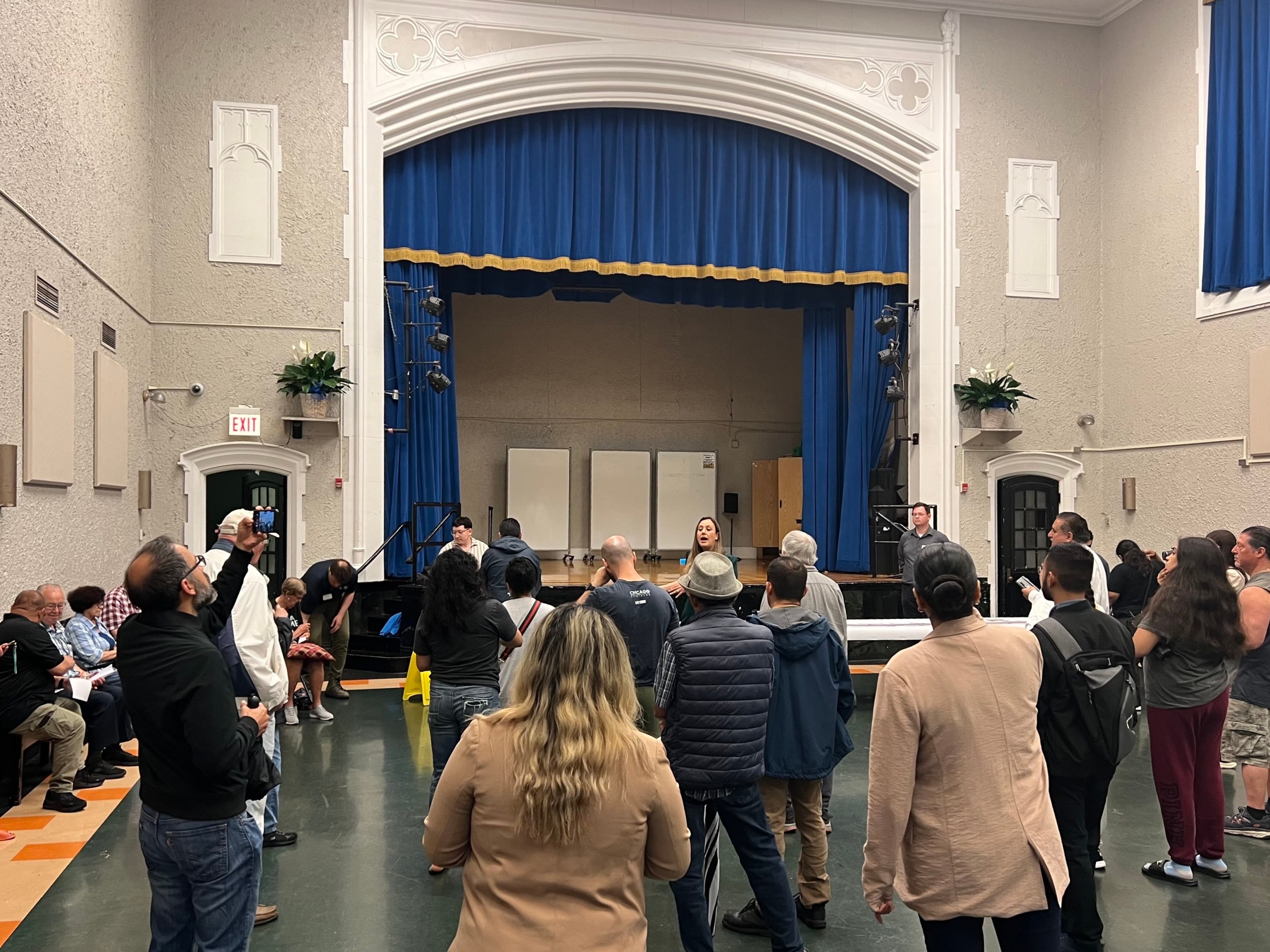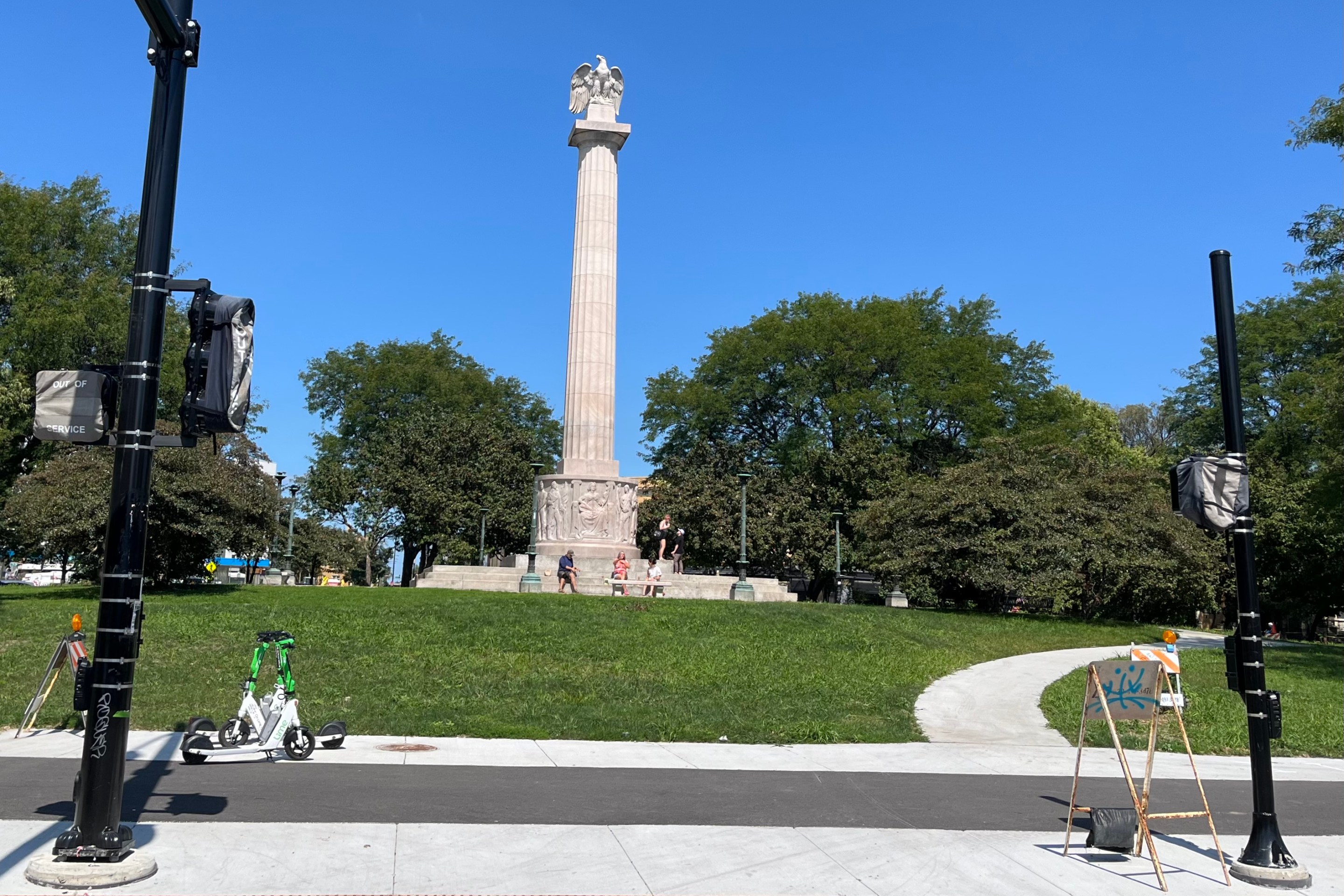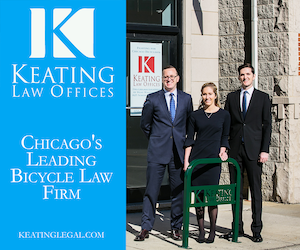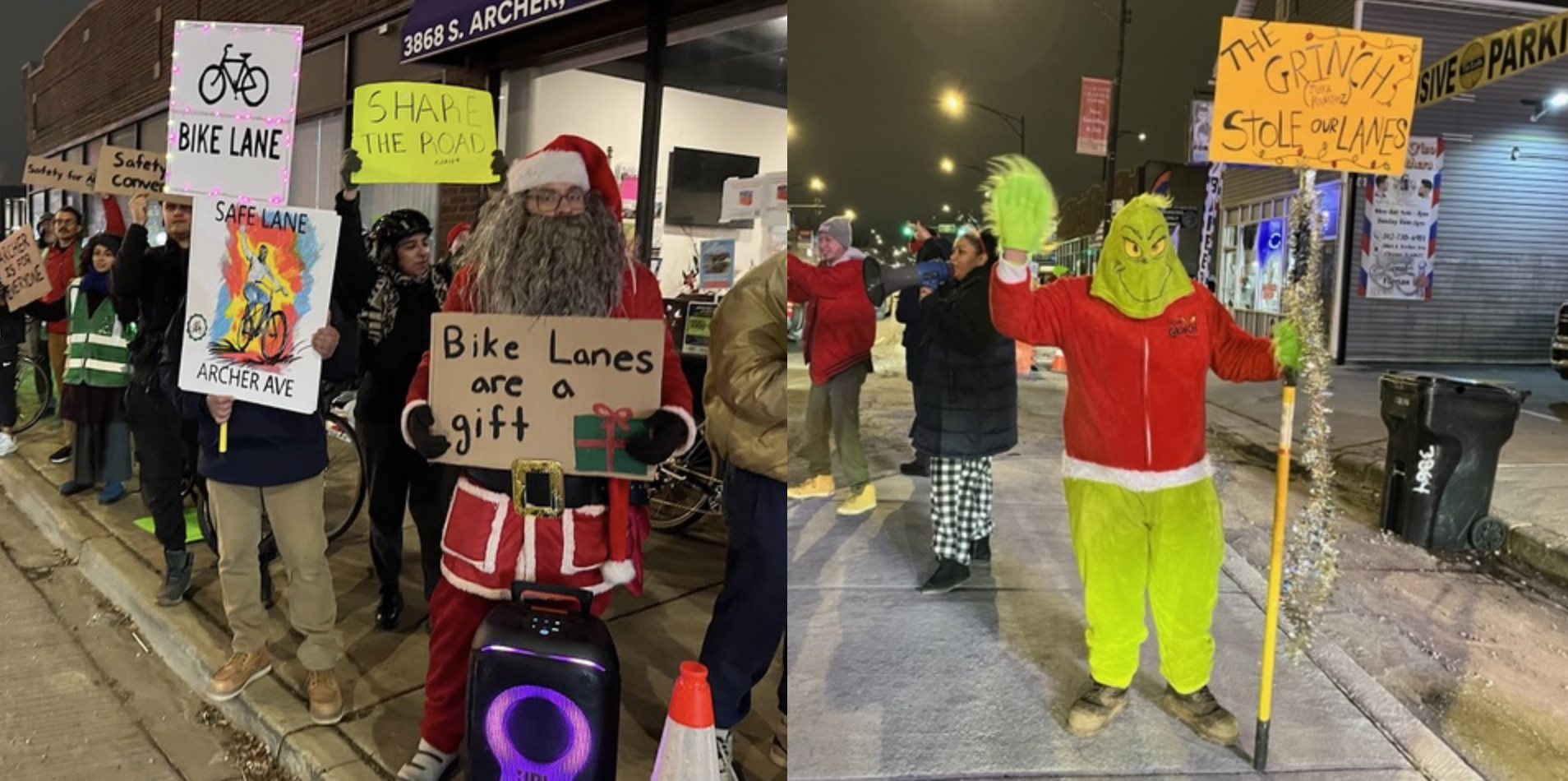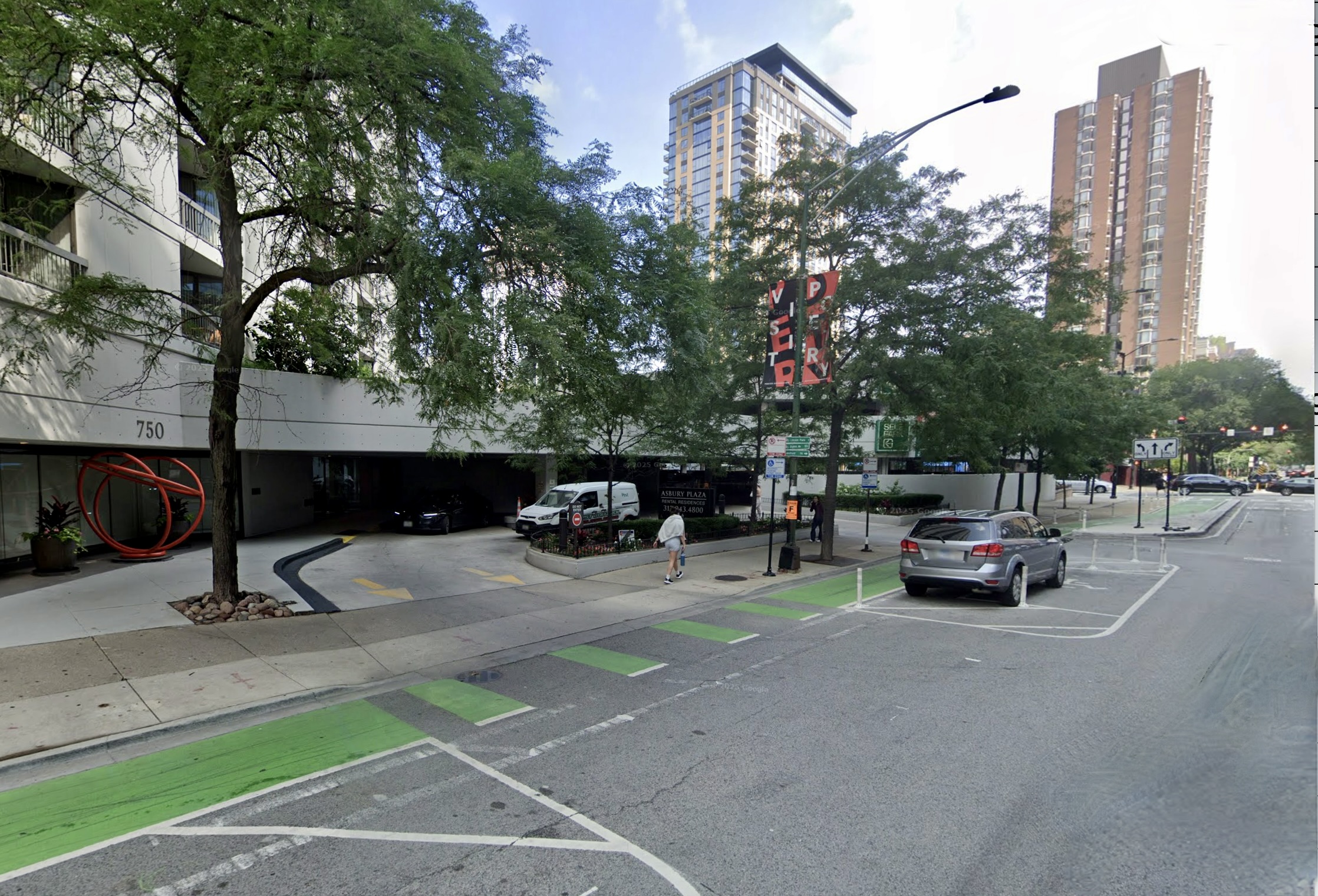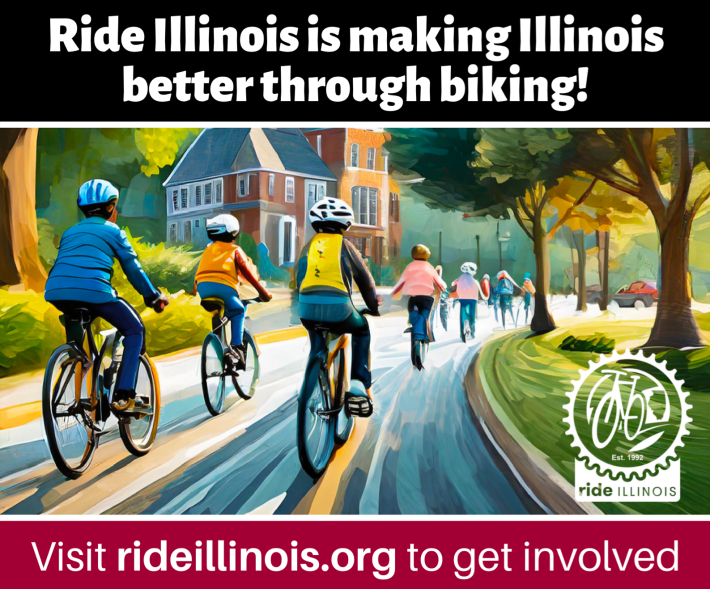
Five-lane, high-speed Pulaski Road on the Southwest Side has seen more than its share of deadly crashes recently. These included the tragic deaths of pedestrians Jiekun Xu in February 2024 and Charlie Mills in March of that year.
Last week, after requests from local residents for safer conditions, it was announced that recently installed temporary safety infrastructure on Pulaski will be upgraded with concrete. Plastic posts that the Chicago Department of Transportation put in last winter to help calm traffic have sustained significant damage. They will be replaced with concrete medians, pedestrian refuge islands, curb extensions, and raised crosswalks on side streets between 43rd and 59th streets in the Archer Heights and West Elsdon communities.

According to the Southwest Collective, Phase One of the project will cover 43rd to 51st Street. Construction will potentially start as early as this month.
"As the alderwoman and a daily commuter of Pulaski Road, I am very excited for these changes to be implemented, as there are many pedestrian and traffic safety concerns along Pulaski Rd," said Ald. Jeylú Gutiérrez (14th) in a statement to Streetsblog. "The concrete pedestrian refugee islands and curb extensions will create safer conditions because it's a shorter distance for pedestrians to cross, especially for those who cannot cross the intersection within the given time. They will now be able to stop at the pedestrian island and wait until the light to cross again."
According to Gutiérrez, since Pulaski is a state road, she had to work with CDOT and the Illinois Department of Transportation to create the plans for this new development. "As the Alderwoman, I've wanted this project to be as transparent as possible and that is why my office has hosted several community meetings for our residents to give their input on the project. I've been collaborating with CDOT on a regular basis to ensure that they're aware of the many safety concerns that our residents experience." Gutiérrez also met with the students of Curie Metro High School to hear their concerns and suggestions.
According to Southwest Collective Transit Advocacy Steward Dixon Galvez-Searle, the students in Curie's AP government program work on civics projects every year. The community organization had previously worked with the students and their teacher, Daniel Jimenez, addressing issues such as food insecurity. Then, after SWC did its Pulaski walks, online survey, and community meeting at Curie last September, the students at Curie expressed their interest in Pulaski road safety.
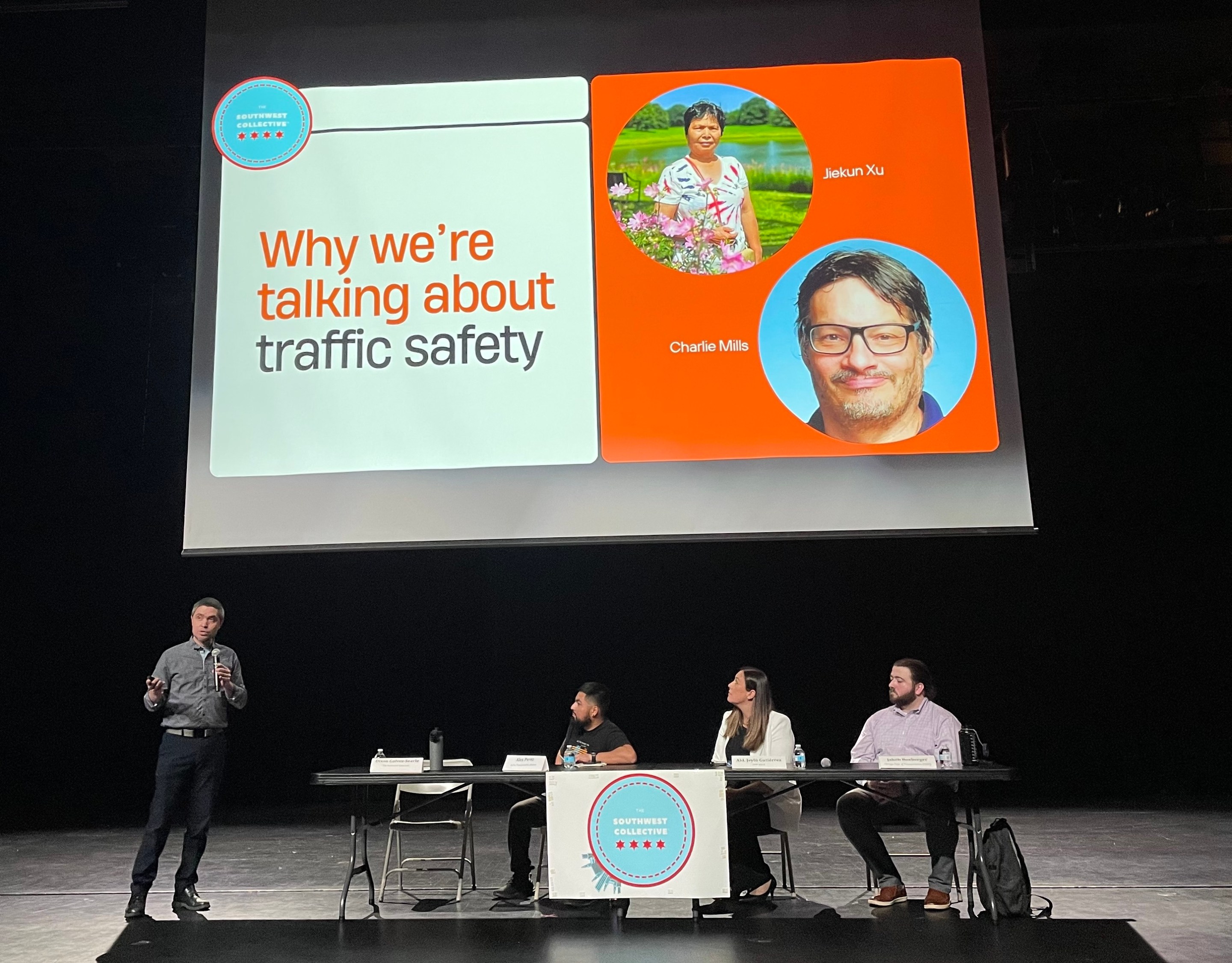
"They were a really important part of moving the project forward," said Galvez-Searle. "Because once we wrapped up our community engagement piece in the early fall of last year and had our meeting at Curie and presented our findings, they really picked up and ran with it and stayed engaged with elected officials throughout the area. We're covering a 30-block stretch of Pulaski here, so we're talking about three separate aldermen. We're talking about two separate staterepresentatives, and two separate state senators. We're talking about a county commissioner, a congressman, IDOT, and all these different levels of government."
"But an AP government class is a great place to learn about what all those different offices do and how they interact," Galvez-Searle added. "The students did a great job of presenting this issue they cared about and moving it forward. And I think they played a big role in helping to secure these improvements that are going to be happening in the coming weeks."
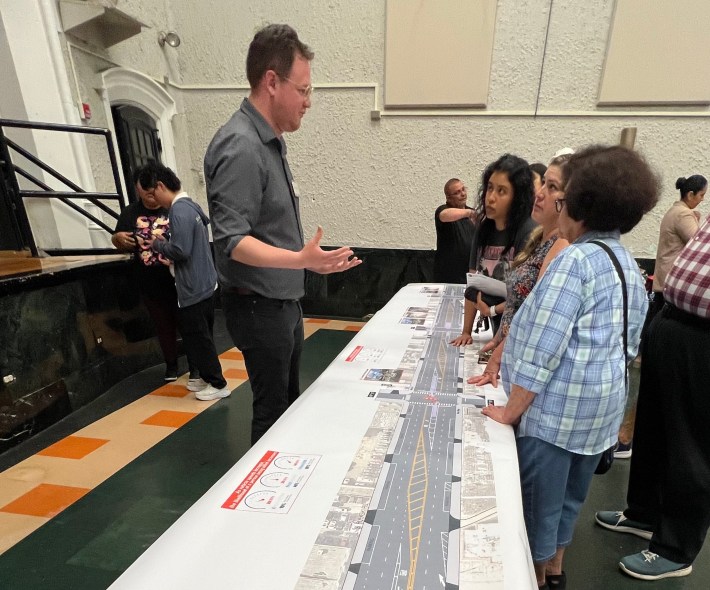
Another organization that helped SWCollective with its online survey was the Active Transportation Alliance. According to ATA Advocacy Manager Alex Perez, they feel it's critical to install infrastructure that encourages motorists to drive at safe speeds while also making crossing the street safer and more comfortable.
"The safety upgrades will help reduce the number of serious crashes and fatalities happening on this stretch of Pulaski," said Perez. "The four raised crosswalks around the schools are critical to ensure children and their parents or guardians are safe when walking to and from one of the schools. We applaud CDOT and Alderwoman Jeylú Gutiérrez for their commitment to addressing concerns about South Pulaski Road and bringing in much-needed infrastructure improvements to make the road feel safer for everyone."
"With the addition of the concrete structures for pedestrian safety and the updated left turning lanes, we are hoping that overall safety improves along Pulaski Rd," said Ald. Gutiérrez in her statement. "With the change in lane size and added cement, we want drivers to follow the speed limit and not drive recklessly. We are also hoping that with added pedestrian safety measures, that there will be more foot traffic for our businesses along Pulaski. Overall, we want safety for our pedestrians and drivers, and a decrease in traffic crashes."
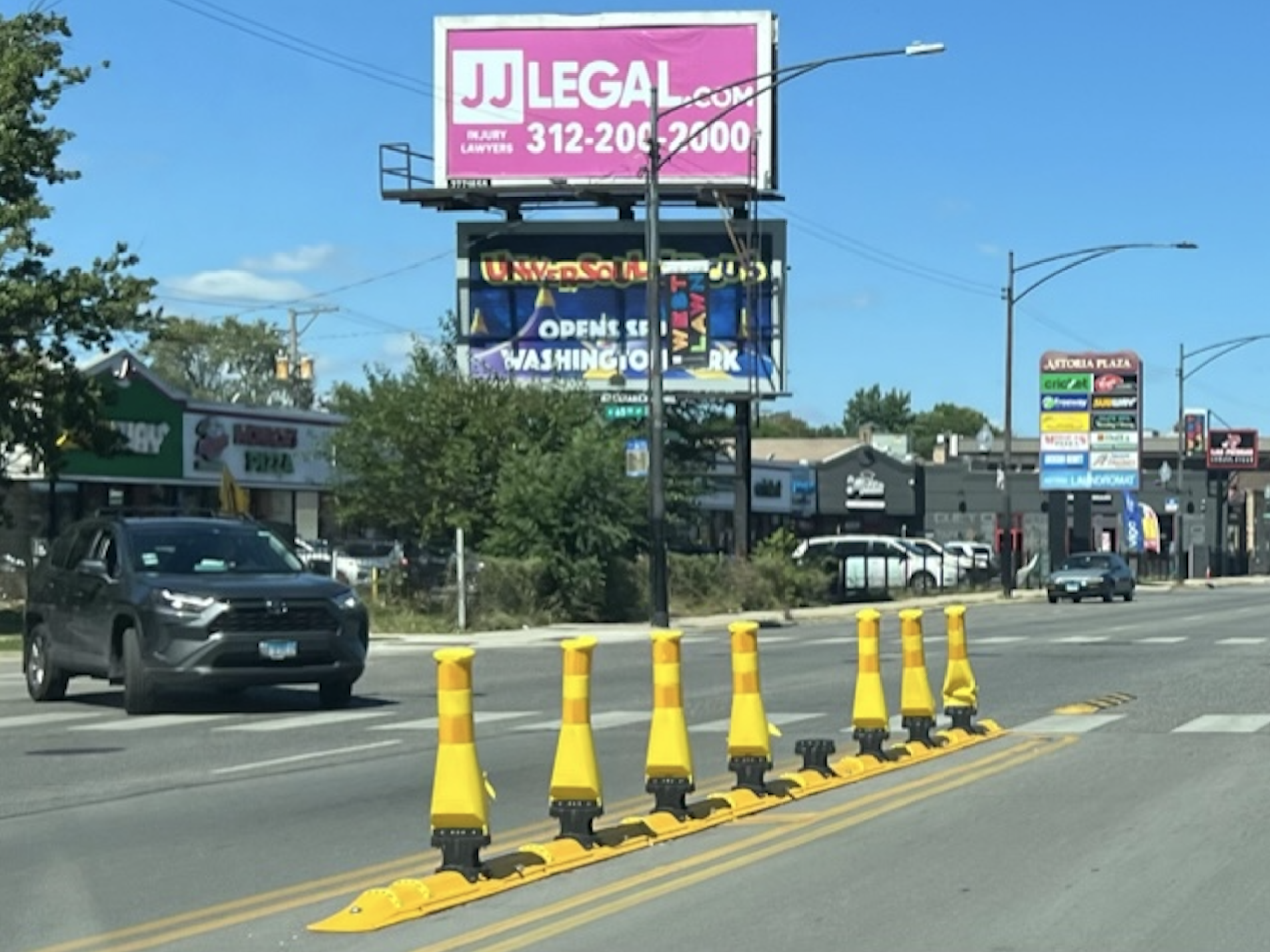
"First and foremost, we hope that it makes Pulaski safer," said Galvez-Searle. "That's been the goal from the beginning. We also hope that if this new infrastructure that's going into place has the impact that we hope and expect it will, and we will see fewer crashes, fewer injuries, and fewer fatalities. If it's as successful as we hope it will be, it can serve as a model for other streets throughout the Southwest side and throughout the city, really, but on the Southwest Side in particular. There are streets like Cicero and Central and Archer [avenues] and many more that are wide, have a lot of crashes on them, and really could use some upgrades to make them safer for pedestrians and for people riding bikes, and also for people who are driving."
The Pulaski Road project is a great example of how grassroots advocacy for safer streets can have literally concrete results.

Did you appreciate this post? Streetsblog Chicago is currently fundraising to help cover our 2025-26 budget. If you appreciate our reporting and advocacy on local sustainable transportation issues, please consider making a tax-deductible donation here. Thank you!
